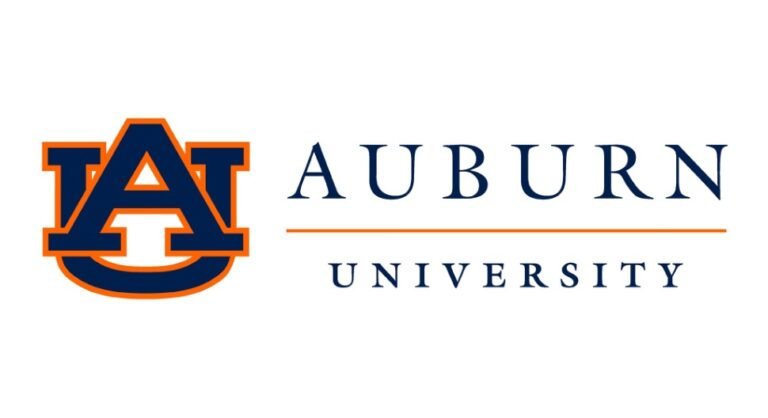The School of Architecture, Planning, and Landscape Architecture is seeking a qualified individual for the position of Research Associate to join the Landscape Infrastructure Design Lab (LIDL). LIDL conducts design research using landscape architectural methods to advance the design, planning, and management of nature-based infrastructures.
LIDL’s work is deeply collaborative, involving partnerships with federal sponsors; disciplines like coastal engineering, hydrology, ecology, and geomorphology; and local communities, as well as other landscape architects. Currently, we are working on a broad range of coastal infrastructure projects from the Great Lakes south to the Gulf of Mexico, sponsored by funders including the US Army Corps of Engineers’ Engineering With Nature program, the National Oceanic and Atmospheric Administration’s Effects of Sea Level Rise program, and the Gulf Research Program of the National Academies of Sciences, Engineering, and Medicine.
This position will focus on our largest project, the Natural Infrastructure Innovation Project, which is sponsored by Engineering with Nature. The NIIP launched October 1, 2023, and is proposed to run for five years. The aim of the NIIP is to conduct design research into what forms of natural infrastructure are possible in the nation’s bays and estuaries, which forms are most desirable, and how to increase innovation in natural infrastructure design. To do this, the NIIP is engaging deeply with EWN, local USACE districts, and a broad range of other stakeholders, while utilizing landscape architectural techniques including fieldwork, mapping, iterative design, and physical and numerical hydrodynamic modeling.
This is a 12-month, limited-term position, funded by external sources. Continued employment is contingent upon the availability of funding and satisfactory performance. It is expected but not guaranteed that additional external funding will be available to renew the position in future years.
Review of applicants will start January 15, 2025. Anticipated start date between March and June of 2025.
Auburn University is more than just an institution; it’s a vibrant community where real people come together to make a difference. Our commitment to students, employees, communities, and our world runs deep, and it’s reflected in every corner of our campus and beyond.
Life-Changing Impact: At Auburn, our work changes lives. Whether it’s groundbreaking research, innovative teaching, administrative operations or community outreach, every effort contributes to positive change. We’re not just clocking in; we’re making a lasting difference in the lives of others.
How We Support You: Auburn cares for its greatest assets—its employees. Generous benefits, educational opportunities, and a supportive work environment make it a place where you can thrive. From health insurance to retirement plans, we’ve got you covered. Learn more about how we support employees by visiting aub.ie/working-at-auburn
Come and Stay: The median length of employment for an Auburn employee is 10 years. That’s because Auburn invests in its people. We’re not a revolving door; we’re a family. The Auburn Family. We grow together, learn together, and build lasting relationships.
A Place for Everyone: We are committed to fostering an environment where everyone feels valued and respected, and we celebrate our unique perspectives, backgrounds, and experiences. When you work at Auburn, you’re a part of a rich tapestry of individuals who bring their authentic selves to the table to create a welcoming and engaging university community.
Essential Functions
Prepare drawings and maps synthesizing information about existing landscape conditions.
Participate in field-based research in project landscapes.
Participate in design workshops with stakeholders and multi-university project teams
Advance infrastructure design concepts through research-by-design.
Help build, run, and maintain simple physical and numerical hydrodynamic and geomorphological models.
Produce representations of infrastructure design concepts.
Review scientific literature and key documents related to study landscapes.
Document results of research-by-design and assist in report preparation.
Assist in coordinating work within LIDL and across multi-university project teams.
Participate in project team meetings and other stakeholder interactions.
May prepare research results for publication or presentation at conferences.
May help maintain project budgets.
Minimum Qualifications
Level I: Possesses Masters degree in discipline appropriate to position with no experience.
Typical salaries are between $46,900 – $53,600
Full grade range $40,200 – $60,300
Level II: Possesses Masters degree in discipline appropriate to position with 2 years’ experience.
Typical salaries are between $53,340 – $62,230
Full grade range $44,450 – $71,120
Level III: Possesses Masters degree in discipline appropriate to position with 4 years’ experience.
Typical salaries are between $60,710 – $72,200
Full grade range $49,220 – $83,680
Level IV: Possesses Masters degree in discipline appropriate to position with 6 years’ experience.
Typical salaries are between $69,820 – $86,030
Full grade range $56,610 – $96,230
Substitutions allowed for Experience:
When a candidate has the required education, but lacks the required experience, they may normally apply additional appropriate education toward the experience requirement, at a rate of one (1) year relevant education per year of required experience.
Minimum Skills, License, and Certifications
Minimum Skills and Abilities
Candidates must evidence a sophisticated approach to design, grounded in the integration of aesthetic, cultural, and ecological dimensions of landscape. This approach may include but must not be limited to strictly quantifiable measures of landscape performance.
The candidate should be willing to learn basic physical and numerical modeling methods.
The successful candidate will demonstrate commitment to the timely completion of deliverables and strong potential to work collaboratively with both a large research team and diverse stakeholders.
Excellent written and interpersonal communication skills are required.
Minimum Technology Skills
Candidates should be familiar with software used in landscape architectural representation, including Adobe CS.
Candidates must evidence the capacity to effectively produce landscape architectural representations of dynamic environments like coasts.
Minimum License and Certifications
Desired Qualifications
Experience with nature-based infrastructure design and/or design for dynamic landscapes shaped by the interaction of water, sediment, and vegetation.
Experience with Rhinoceros modeling software and GIS mapping software.
Experience with research-by-design methods.







